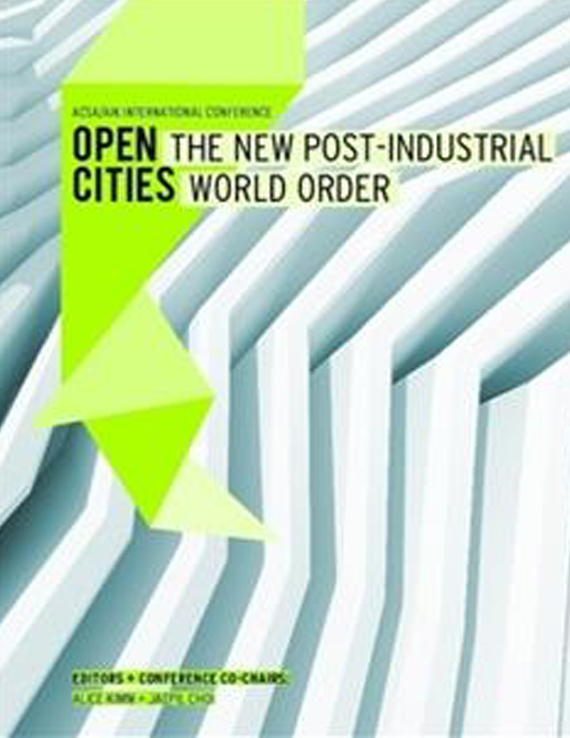Author(s): Azhar Ahmed Khan & Lee Su Huang
As urbanization accelerates across the globe, an increasing number of urban redevelopmentprojects are initiated to satiate the pressing need for housing. Theseoccur commonly in the form of closed, gated mid-rise tower communities thatbreak the urban fabric and become isolated islands in the urban landscape. Oftenlost in this process are the scale and the spatial continuity of the existing urbanfabric, along with the cultural and social framework that it supports.The vernacular architecture of a region offers time-tested methods of buildingformulated over centuries fine-tuned to deal with the specific climatic, spatial,and social conditions of the locale. While these labor-intensive building methodsare generally ill-suited for adaptation by the industrial processes of modern construction,the insights that may be gained from analyzing the vernacular opens thepossibility for alternatives beyond the adopted default solution that is the gatedtower community.The inevitability of urban redevelopment in these rapidly growing cities compelsus to ask the following questions: Can we densify and modernize our cities withoutsevering the urban fabric? What lessons from the vernacular can we learn and applyto these new developments, as a strategy to preserve the sense of place andcity? And how can parametric design methods help us quantify, formulate, andoptimize these strategic design frameworks?This presentation will examine these issues through one case study on the buildingscale, and two case studies on the urban formation scale, which ultimatelypropose parametrically optimized alternatives. The first urban study is located inShanghai’s Old Town, where multiple plots of land have been designated for redevelopmentand 99-year leases sold to developers. The vernacular housing formationof the area is the Shanghai Lilong, a small-scale mixed-use housing block withperimeter commercial storefronts and an internal residential circulation system.The second urban study is situated in the Bastakiyya district of Dubai, a historicaldistrict with multi-generational Persian-inspired vernacular dwellings. Of particularinterest is the strategic arrangement of buildings, facade openings, and courtyardsthat help deal with the harsh climate, as well as the windtower, a passivecooling mechanism that is embedded within the dwellings and operates off of theprevailing coastal winds.These projects implement parametric frameworks derived from the study of thesevernacular housing formations, while identifying key parameters for optimizationvia genetic algorithms to breed, mutate, and evolve computational solutionsbased on key fitness criteria. These explorations of evolutionary algorithmic designstrategies show that optimization tools can produce efficient non-intuitiveconfigurations that may not have been discovered through conventional means.Simultaneously, these studies expose and clarify the underlying forces at work;ultimately the purpose of the tool is not to supplant the designer but to aid in theprocess of understanding design issues, and how they can be generative towardsformulating a more refined solution.
Volume Editors
Alice Kimm & Jaepil Choi
ISBN
978-0-935502-91-6

 Study Architecture
Study Architecture  ProPEL
ProPEL 
